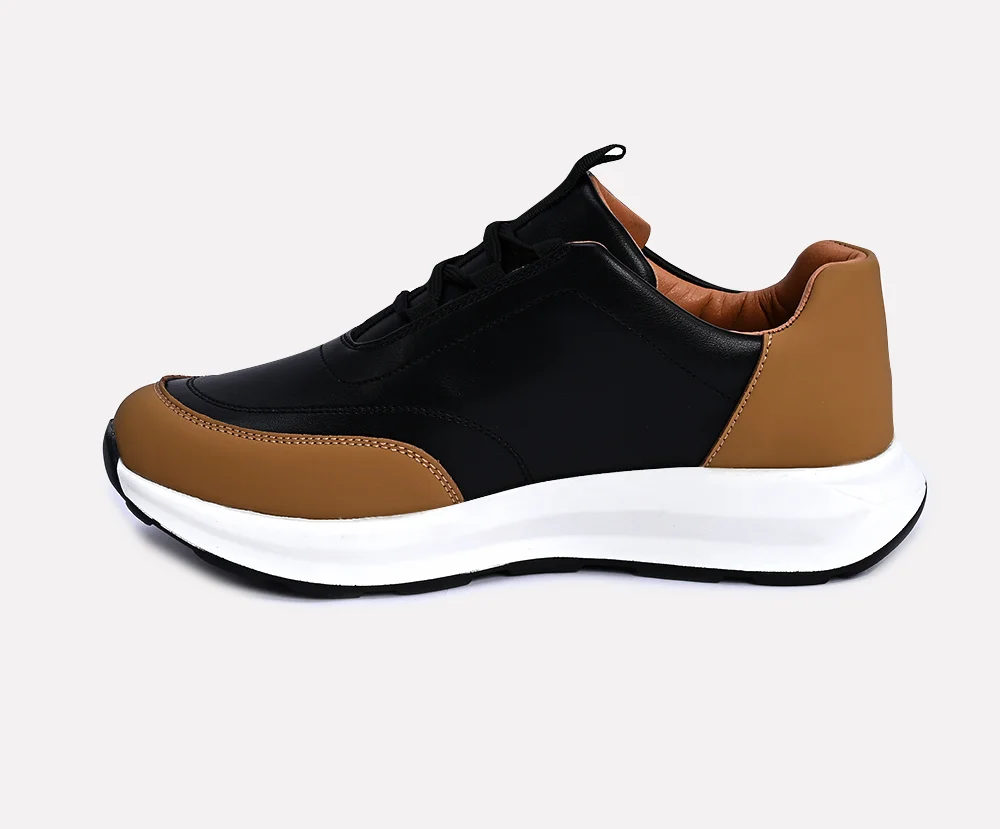The world of footwear has undergone a dramatic transformation in recent years, with technological advancements pushing the boundaries of what shoes can do. From enhancing athletic performance to improving everyday comfort and health, smart shoes represent a significant leap forward in footwear technology. This article explores how these innovations are revolutionizing the industry and the ways in which smart shoes are changing the game.
#### **1. The Evolution of Smart Shoes**
Smart shoes are not just a passing trend but a culmination of years of research and technological integration. Early innovations in smart footwear began with the incorporation of basic sensors and materials designed to improve comfort and performance. Today, these advancements have evolved into sophisticated systems that offer a wide range of functionalities.
– **Initial Concepts**: Early smart shoes focused on integrating basic sensors to track physical activity and provide feedback on metrics like distance and pace.
– **Modern Developments**: Recent innovations include advanced sensors, connectivity features, and adaptive technologies that offer real-time data and personalized insights.
#### **2. Enhanced Athletic Performance**
Smart shoes have made a significant impact on athletic performance by providing real-time data and feedback that athletes can use to optimize their training.
– **Performance Tracking**: Modern smart shoes are equipped with sensors that track various performance metrics, including steps, distance, speed, and even running form. This data helps athletes monitor their progress and adjust their training regimens accordingly.
– **Biomechanical Analysis**: Some smart shoes analyze biomechanics, such as gait and pressure distribution, to help athletes improve their efficiency and reduce the risk of injury. This information is particularly valuable for runners and those involved in high-impact sports.
**Notable Examples:**
– **Nike Adapt BB**: These self-lacing sneakers use motorized technology to adjust the fit of the shoe, providing a customized experience for athletes.
– **Under Armour HOVR**: Equipped with a connected sensor that tracks metrics like distance and cadence, the HOVR series provides real-time feedback via a smartphone app.
#### **3. Health and Wellness Monitoring**
Smart shoes are increasingly being used to monitor health and wellness, offering valuable insights into physical well-being and potential issues.
– **Fall Detection and Prevention**: For older adults or individuals with mobility issues, some smart shoes come equipped with fall detection technology. Sensors can detect sudden movements or falls and alert emergency contacts if necessary.
– **Posture and Gait Analysis**: Advanced sensors can track posture and gait, helping users address issues related to alignment and balance. This data can be particularly beneficial for individuals undergoing rehabilitation or those with chronic conditions.
**Notable Examples:**
– **Digitsole Smart Insoles**: These insoles provide real-time data on steps, distance, and calories burned. They also feature a heating function for added comfort in cold weather.
– **SolePower Shoes**: Equipped with a generator that converts walking energy into electrical power, these shoes offer a unique approach to health monitoring and sustainability.
#### **4. Everyday Convenience and Comfort**
Smart shoes are designed to enhance everyday convenience and comfort, making them a valuable addition to daily life.
– **Customizable Fit**: Some smart shoes use adaptive lacing systems or adjustable insoles to provide a customized fit. This technology allows users to easily adjust the fit based on their activity or comfort preferences.
– **Temperature Regulation**: Advanced materials and heating/cooling technologies help regulate foot temperature, ensuring comfort in varying environmental conditions.
**Notable Examples:**
– **Aetrex Albert**: These smart shoes feature built-in sensors that track foot pressure and gait, helping users maintain optimal comfort throughout the day.
– **Razer Project Hazel**: Although primarily a high-tech face mask, the accompanying smart shoes are designed to integrate with other wearable technologies for a seamless, connected experience.
#### **5. The Future of Smart Footwear**
The future of smart footwear is poised for continued innovation, with several exciting developments on the horizon.
– **Integration with Wearable Tech**: Future smart shoes are expected to integrate seamlessly with other wearable technologies, such as smartwatches and fitness trackers, to provide a comprehensive view of an individual’s health and performance.
– **Advanced AI and Machine Learning**: Artificial intelligence and machine learning will play a significant role in personalizing the smart shoe experience. These technologies will enable shoes to adapt to an individual’s unique needs and preferences, offering even more tailored support and insights.
– **Sustainability and Eco-Friendly Design**: As environmental concerns grow, smart footwear is likely to incorporate sustainable materials and eco-friendly technologies. Innovations in this area will focus on reducing the environmental impact of production and enhancing the longevity of the shoes.
### **Conclusion**
Smart shoes represent a groundbreaking development in footwear technology, offering enhanced performance, health monitoring, and everyday convenience. From tracking athletic metrics to providing personalized comfort and safety features, these innovations are transforming the way we approach footwear. As technology continues to advance, smart shoes will undoubtedly play an increasingly integral role in both our active and daily lives, promising a future where footwear is not only functional but also a sophisticated extension of personal health and performance.



